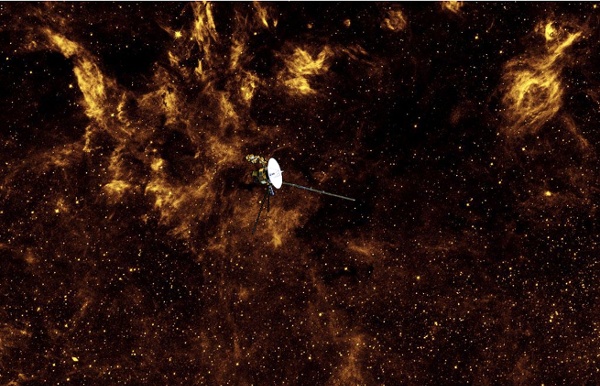Zoom
Trash
Related:



Voyager Golden Record Three Unique Hotels Made from Recycled Material Wouldn’t it be fun to stay in a hotel that was made from something different, like a recycled plane? Well, you actually can! Even though traveling is fun, almost every hotel that you stay in has the same drab, boring appearance. They all have the same ugly paintings that hang on the same plain white walls. And of course, they’re all made from the same standard building material. Wouldn’t it be fun to stay in a hotel that was made from something different, like a recycled plane? Recycled Drain Pipes The Das Park Hotel in Austria is located in a public park along the Danube River. Images: flickr The rooms include a double bed that comes with a sleeping bag and a wool blanket, as well as and some extra storage space for personal belongings. Recycled Airplane Located outside of the Teuge Airport in the Netherlands is an old Cold War-era German airplane that has been turned into a luxury hotel suite. Images: Cubeme The plane is an Ilyushin 18 that was built in 1960. Recycled Shipping Containers
Stephen Chang Stephen Chang is a senior concept artist currently working at LucasArts. Stephen attended Art Center College of Design with a full scholarship in product design. He has worked on projects like Spider-Man 3 the movie videogame and Star Wars: The Force Unleashed I & II. Link: stevoskit.com All images used with permission by the artist. © Stephen Chang or their respective copyright holder.
Breathingearth - CO2, birth & death rates by country, simulated real-time Lackadaisy Expressions Boy, I didn't know what I was getting myself into when I started this. I've had requests for some sort of expressions tutorial dating back a while now, so I figured, "Sure! I can explain expression drawing...and it'll be way better than all those tutorials out there that are nothing but charts of generic expressions. Yeah! Just give me a day or two to whip something up..." Um. Anyway, I found all I could really do was try to explain ways to teach yourself...and then add some pictures.
Imaginative Package Designs - Design Imaginative Package Designs Packaging is a very important marketing strategy to glamorize a product in order to attract the consumer's attention. Often however, packaging can be neglected by business. Here I have compiled a selection of beautiful packaging designs, some conceptual and some that made it to the shelves but all great examples of the designer going the extra mile to ensure that all important first impression is a positive one. Enjoyed This?
30 Examples of Funny Ads for Inspiration In many settings advertisements tend to be ignored or overlooked. When flipping through a magazine you probably skip past the ads unless something really catches your attention. The same thing applies when it comes to driving by billboards, browsing online, or interacting anywhere else where ads appear. One approach for ad designers to capture the attention and interest of viewers is to use humor. In this post we’ll showcase 30 examples of advertisements that user humor to make an impact on viewers. Looking for hosting?
Animator vs. Animation by *alanbecker on deviantART 101 Amazing Examples of Photo Manipulation Design | Photoshop Me Artistically 101 Amazing Examples of Photo Manipulation Here are some incredible examples of amazing Photo manipulated images from some really extremely talented artists. Photo manipulation is probably one of the most popular areas in which Adobe Photoshop is used extensively. Some of these you may have seen before, but most of these you probably haven’t. Want One of Your Pictures To Be As Awesome As These? Don’t Forget to Leave a Comment Below! And if you would like one of your pictures to be as awesome as these are, Click Here, Register and Launch a Project! PermalinkGalleryDark and Mysterious Digital Design talent of Ludovic Cordelières
Most Interesting Libraries of the World The Royal library Black Diamond at the waterfront of Copenhagen owes its name to the black granite from Zimbabwe used for the facade of the building. The name was used by the public first and has been adapted officially later. Design by the Danish architects Schmidt, Hammer & Lassen. Touch Of Modern +-0 Humidifier Version 3 by Naoto Fukasawa Womb Chair by Eero Saarinen Therm-O by Manuel Desrochers NEA Intimate Massager by Lelo QLOCKTWO W by Biegert & Funk Meeting Knives by Mia Schmallenbach Silhouette, Floating Lamp by Angela Jansen Erosion II Dining Table by Joseph Walsh